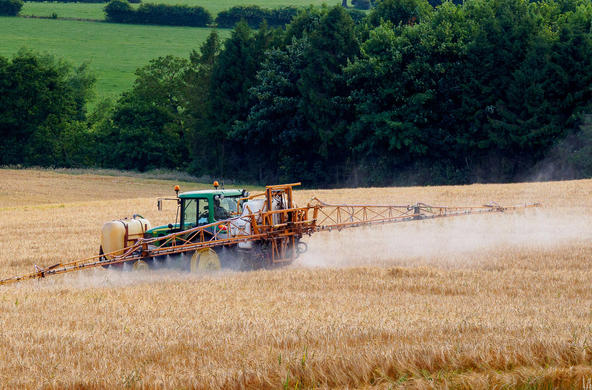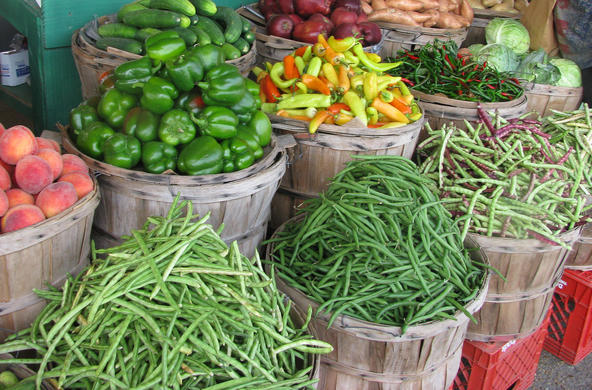Milk is a staple of the human diet, particularly for growing children. It provides a source of protein, calcium, Vitamin D, and other nutritional benefits to diet. For lactose-intolerant folks, who cannot digest milk, almond and soy milks are a welcome substitute for dairy or whole milk. As of 2015, these alternatives had captured about 30% of the retail market for milk in the United States.
Some consumers lean towards almond and soy milk based on concerns for health and the environment. Almond and soy milk do not contain some of the various hormones and antibiotics that are used with dairy cows. And as ruminants, cows emit methane—a powerful greenhouse gas—during their digestion. Methane is thought to be 25 to 85 times more powerful than carbon dioxide in greenhouse warming of the atmosphere. Fewer cows means less methane.
Just what is the comparative environment impact of dairy versus almond or soy milk? The question must be approached from multiple perspectives: impact on climate, impact on water supply, impact per unit of product, or impact per unit of protein in the product. A focus on water is particularly important for almond milk, because most almonds in the United States are grown by irrigation in drought-prone California.
For traditional dairy milk, the emissions of methane from belching cows constitute a large fraction (41%) of the total impact of milk on climate change. As a global average, dairy milk is responsible for 1.39 kilograms of CO2-equivalents to the atmosphere for every liter produced. (Here, the emission of methane is converted to the equivalent impact of carbon dioxide to put everything in the same units). Emissions of CO2-equivalents are 0.42 kg/liter for almond milk and 0.88 kg/liter for soy milk. Emissions from yellow-pea milk are even lower. If you want to lower your impact on the climate, the alternatives to whole milk look very helpful.
Per kilogram of protein ingested, however, the emissions from almond milk (0.92 kg CO2 per kg protein) are much higher than soy milk (0.12 kg/kg protein) and dairy milk (0.07 kg/kg protein). Almond milk does not contain much protein, so if you are looking to minimize your impact on the atmosphere at the same level of nutrition, dairy milk is the way to go. Almond milk also looks bad for water use; per liter delivered to your breakfast table, almond milk requires nearly 100 times more water than dairy milk.
Most almonds are grown in California, so unless you live in California, buying almond milk ensures that a fair amount of CO2 was emitted in shipping it across the country. A lot of dairy milk is also produced in California, but in many areas locally-sourced dairy milk is also available. At least one study concludes that the overall greenhouse gas emissions for almond milk are higher than for dairy, when the analysis includes CO2 emissions from almond farming, shipping, and refrigeration in retail stores.
As for so many daily decisions, especially at the grocery store, a lot depends on price. Recently, at our local Whole Foods store, dairy milk was $2.59 per half-gallon and almond and soy milk were each $2.99. It is a compromise, but soy milk seems to leave the smallest footprint on the environment.
References
Aguirre,-Villegas, H.A. and 7 others. 2015. Green cheese: Partial life cycle assessment of greenhouse gas emissions and energy intensity of integrated dairy production and bioenergy systems. Journal of Dairy Science 98: 1571-1592.
Clune, S., E. Crossin, and K. Verghese. 2017. Systematic review of greenhouse gas emissions for different fresh food categories. Journal of Cleaner Production 140: 266-283.
Grant, C.A. and A.L. Hicks. 2018. Comparative life cycle assessment of milk and plant-based alternatives. Environmental Engineering Science doi: 10.1089/ees.2018.0233






